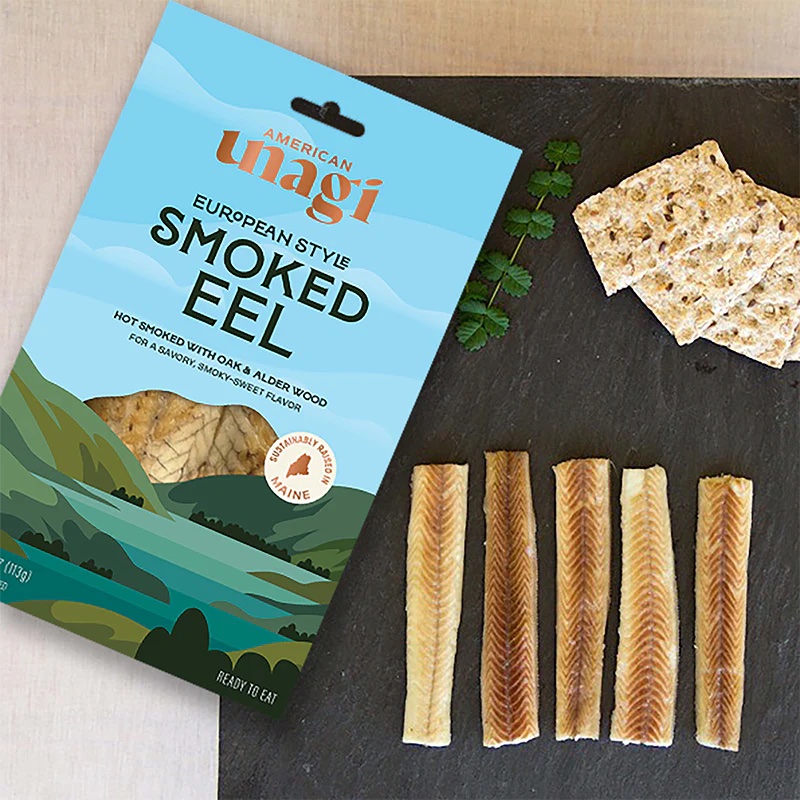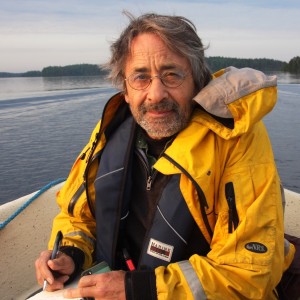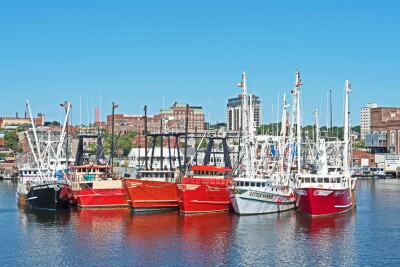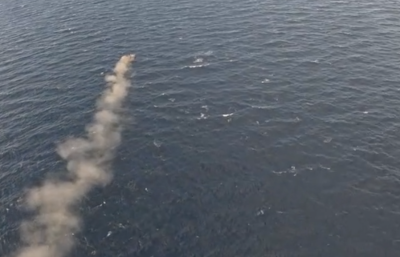The U.S. fishery for elvers — glass eels returning from the sea to rivers along the East Coast — has existed since the 1970s but expanded significantly in the late 1990s, with Maine at the forefront. Until 2023, nearly all harvested elvers were sold to buyers in Asia, where they were raised to market size and then exported back to the U.S. and other countries.
Although most elvers are still exported, Sara Rademaker, founder of American Unagi — an eel aquaculture company in Waldoboro, Maine — has helped create a domestic market for them. “Right now, we’re buying about 4 percent of the Maine elver harvest,” said Rademaker, who has spent the last 20-plus years working in aquaculture and aquaponics all over the world. After a long study of available technology and practices, she launched her company in 2023 using Dutch grow-out systems, European-produced feed, and Asian processing equipment.
"We realized early on that no one was going to cut eels for us, and that we were going to have to do that part ourselves,” said Rademaker. “The Asians have the best processing, so, we bought our equipment there.”
Rademaker noted that European systems for growing eels, developed for climates similar to Maine’s, were the best fit for her needs. “And the smoking systems, we got those from Europe,” she added.
At present, American Unagi is producing 240 metric tons of eels and selling them throughout the U.S. “We found that we very quickly filled a niche in the national market,” said Rademaker. “Some sushi restaurants had taken eel off the menu because of concerns about banned chemicals being used in Asian eel farms. They were looking for a better sourced product, and we were able to provide that.”

The American Unagi farm currently consists of a 27,000-square-foot grow-out and processing facility that includes about 50 tanks of varying volume holding eels sorted by size. “Market size can be as small as a quarter pound up to a pound,” said Rademaker.
While some eels can grow to one pound—about 24 inches long—in as little as a year, others may take up to three years to reach that size, Rademaker noted. “I haven’t noticed a difference in quality in terms of how long they take to grow,” she said. “And we haven’t done any genetic work on them, because they spawn all together in the Sargasso Sea.”
Rademaker plans to continue growing her operation and working with others in Maine to build more eel farms.
“Eels are a great species for aquaculture,” she said. “Consider their range, from the northern part of South America to Canada, they are very adaptable, and they like being surrounded by other eels — that’s comforting for them.”
The eels are also efficient feeders, said Rademaker. “Our feed conversion ratio is 1.4 pounds of feed to one pound of eel grown, which is better than any terrestrial meat source.”
As trade relations between the U.S. and Asian countries shift, the development of a domestic market for elvers could offer a valuable alternative for Maine harvesters.







